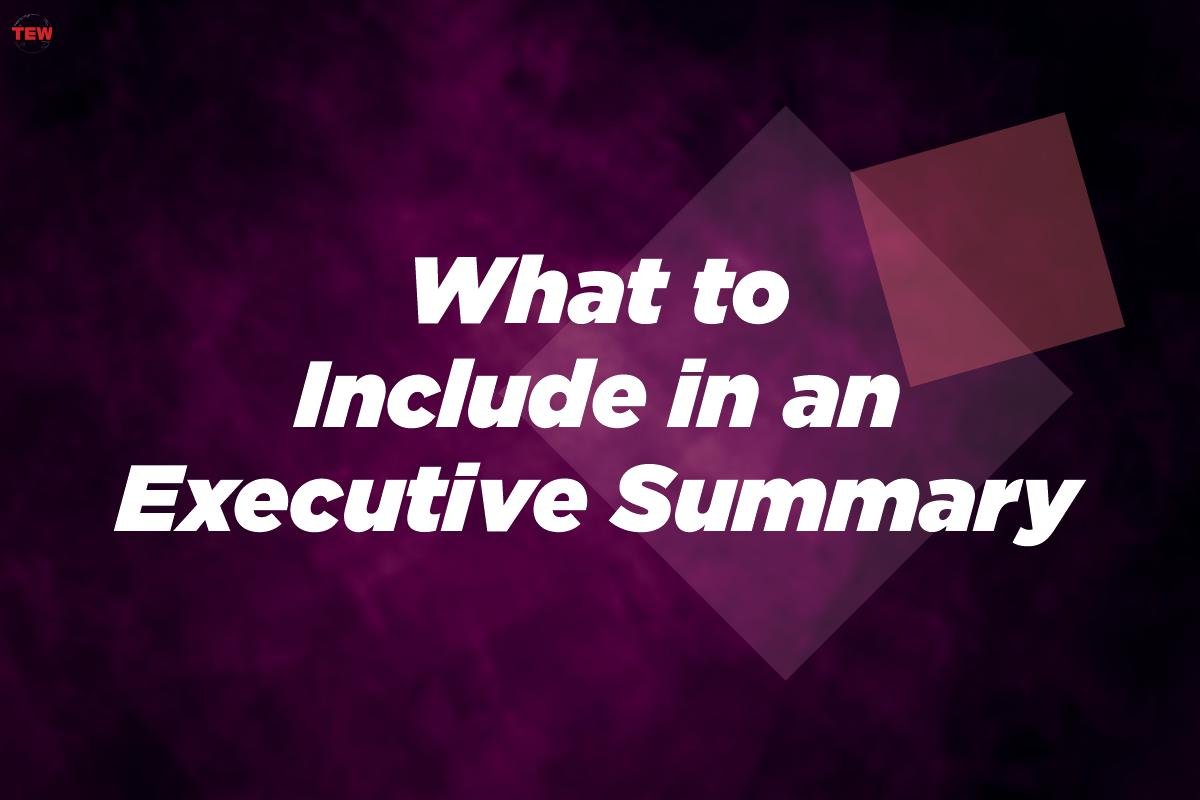There’s never been a better time than now to open an online business. And with more people wanting to avoid crowds and shop from the comfort of home, probably the hardest part of your journey is deciding what type of business to start. Regardless of type, every business needs a plan. Specifically, an executive summary that outlines the most important aspects of the business including the financials.
What is an Executive Summary?
An executive summary introduces your business to others and breaks down your business plan. In most cases, people create an executive summary when they’re looking to work with investors. However, even if you’re funding your business from the ground up, it’s still a good idea to have one in hand. In addition to a brief summary about your business, you should include the following information.
Below are five things that are must to be included in an Executive Summary:
1. Description of Product or Service
After the introduction, you need to describe what product or service you offer. This doesn’t need to be extensive, however, it should clearly define the product or the service you want to provide. For example, if you’re looking to start your own marketing agency, you need to pinpoint which aspects of marketing you specialize in. Since the field is vast, you want to identify your areas of expertise.
If you’re still studying marketing, or looking to return prior to opening your business, you also need to consider the cost of tuition. Opening a business, in addition to attending college, requires a solid financial plan. In addition to traditional loans through your bank, there are also Earnest student loans. This student loan through a private lender can cover the cost of your tuition while you focus on funding your startup.
2. Define Your Target Audience
Your target audience are the people you think will want what you’re selling. Many times, the product defines your audience without you having to do extensive research. If you’re opening an online pet store, you already know who your ideal customer is. However, if your offerings are a bit less defined, you need to identify the people who are most likely to make a purchase.
3. Identify Your Competition
Simply put, you need to know who your competitors are. Keep in mind that as a small business, you’ll be going up against other small businesses and larger brands. Research each one and identify their target demographic, how they market to them and what makes their product offerings so appealing. This will help you create a marketing strategy that is comparable to theirs.
4. Outline the Financials
Probably the most important piece of your executive summary are the financials. You need to outline how much money you have to get started, how you plan to fund your business as it grows and also forecast the anticipated ROI at six months, one year and even five years in the future.
5. Future Goals
Where you see your business in five or 10 years is also important. And understanding your own personal IKIGAI, or reason to get up in the morning, can help with forecasting. Whether you want to expand and possibly open a physical location one day or possibly sell your company should also be included. It’s not uncommon for successful entrepreneurs to eventually sell their companies, take the profit and launch another business. Where you see yourself in the future makes a difference in how you run your company from day one.
Summing Up
Executive Summary is an important reflection of your business. Whenever you approach a new client or a new client/ visitor approaches you for business, then this summary is the first impression. Hence, it must be done carefully, and with new innovation.




